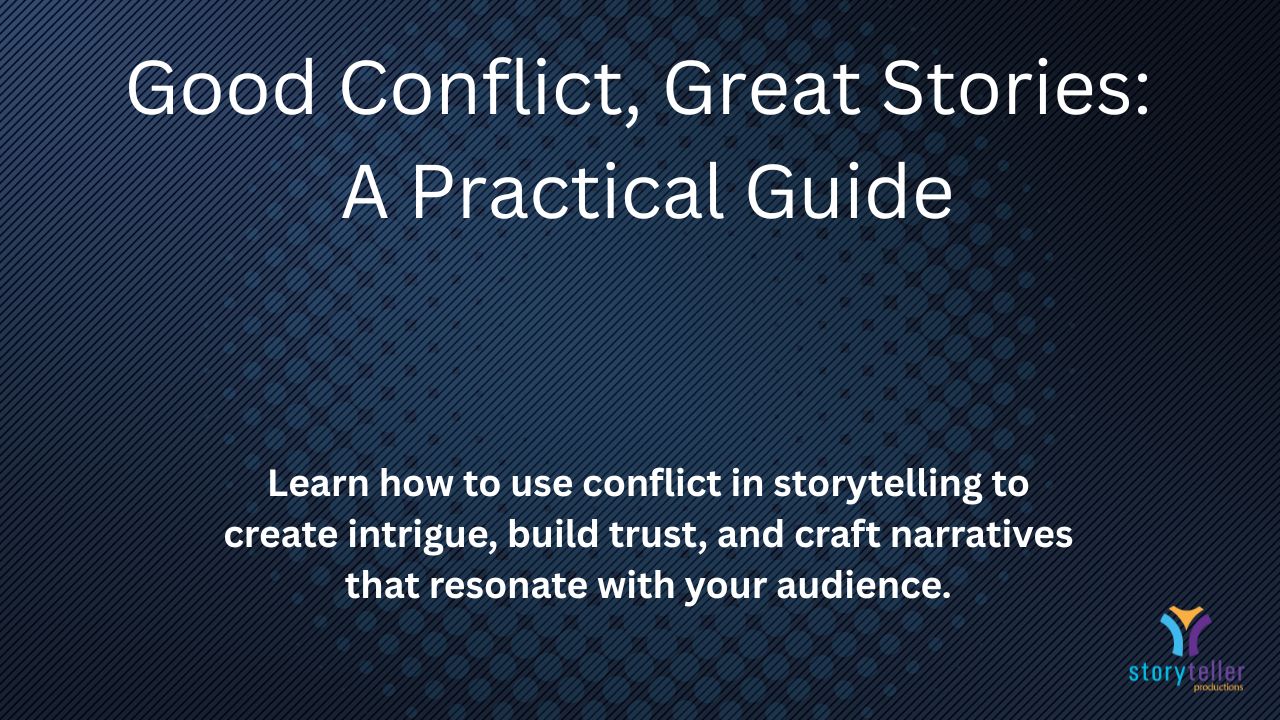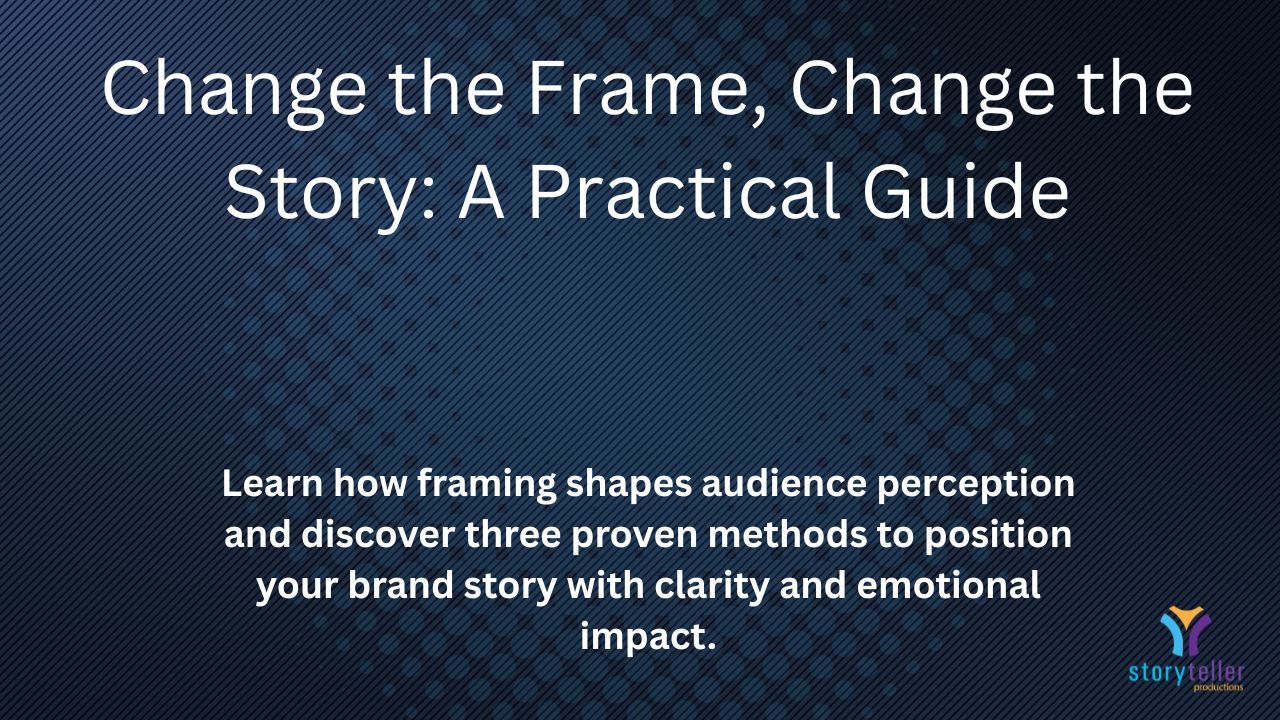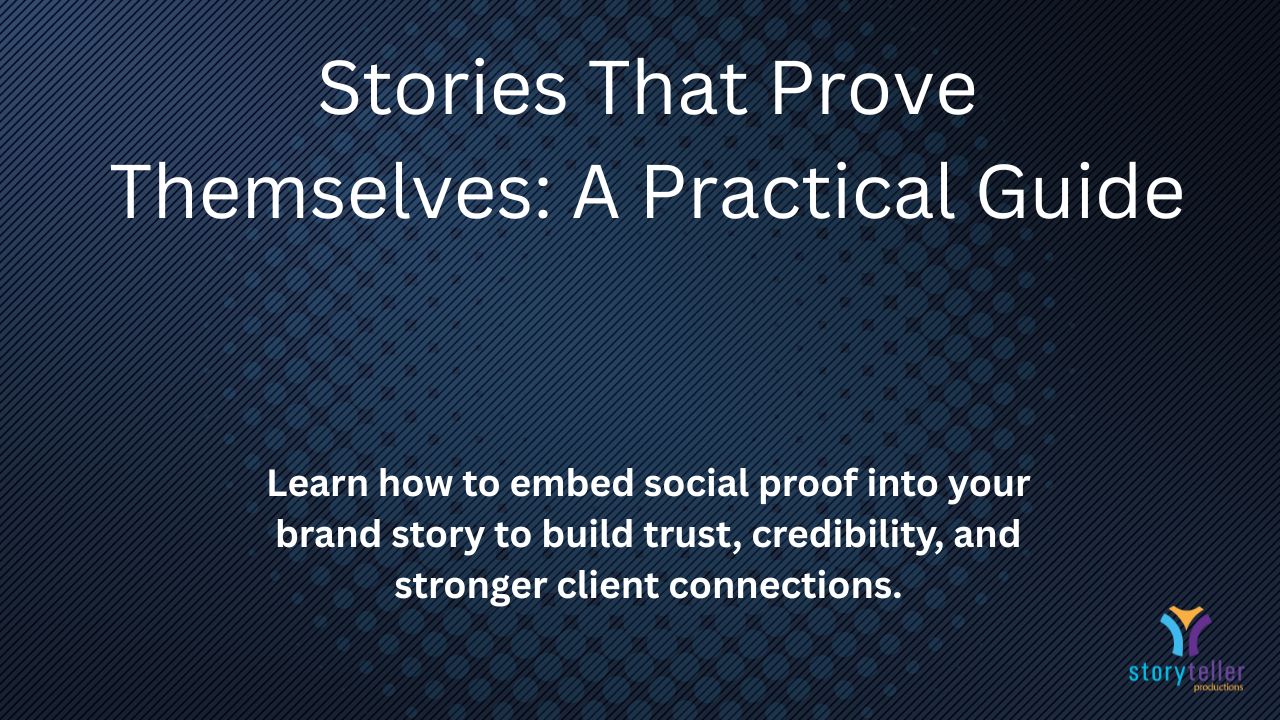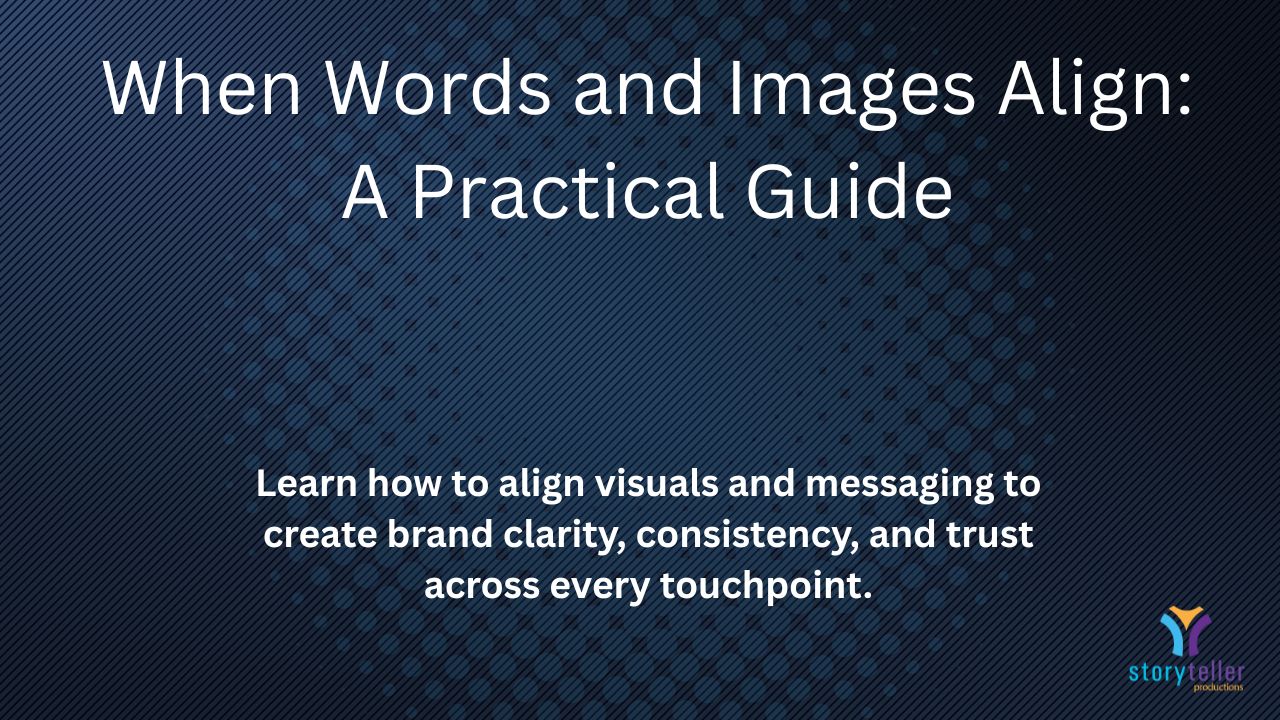Your Message in 10 Words or Less: A Practical Guide
Attention is scarce.
If you can’t explain your brand in 10 words or less, you risk losing the room before you’ve even begun.
That’s why the discipline of distilling your message matters. Whether you’re a founder, a communicator, or an aspiring thought leader, a 10-word message forces clarity. It makes your value unmistakable and repeatable — by you, by your team, and eventually, by your audience.
Why Your Message Must Be Clear
Think of your brand message as an elevator pitch compressed into a single line. It’s what someone should be able to repeat after hearing it once.
- It creates identity: Who you are, what you stand for.
- It builds connection: Why your audience should care.
- It drives consistency: Every campaign, every platform, every post ties back.
Without it, you get drift: websites that say one thing, ads that say another, founders who fumble when asked, “So what do you do?”
Step 1: Anchor in Core Values
Your 10 words must come from somewhere.
Start with your brand’s core values, the principles that define how you show up.
Ask yourself:
- What is the mission of your brand?
- What principles do you never compromise on?
- What emotions do you want your audience to feel?
Example: A sustainable fashion brand may anchor in sustainability, ethical production, and innovation. Those words set the guardrails for the message.
Step 2: Know Who You’re Talking To
If your message doesn’t match your audience’s worldview, it won’t land. Get specific about who you serve and what they need.
Ways to uncover this:
- Analyze customer feedback.
- Use surveys or polls.
- Watch what your audience shares, saves, or reacts to.
Example: “Eco-friendly clothing” lands differently if your audience is fashion-forward millennials versus cost-conscious parents. Your phrasing — and which 10 words you choose — must speak their language.
Step 3: Define Your Unique Edge
Your Unique Selling Proposition (USP) separates you from the crowd. Ask:
- What do you offer that competitors don’t?
- How do you solve problems differently?
- What’s the one benefit your audience would miss if you disappeared?
Example: For a cloud storage startup, the USP might be: “Advanced security that protects your privacy in a surveillance-driven world.”
Step 4: Draft Your 10-Word Message
Now compress it all into 10 words. A simple formula:
[Brand] + [What you do] + [For whom] + [Unique benefit]
- Sustainable fashion example:
“Eco-friendly clothing for conscious consumers seeking ethical style.” - Tech startup example:
“Private cloud storage for teams who value data security.”
Example: Storyteller Productions in 10 Words
Let’s apply the formula to our own brand.
Step 1: Core Values
- Clarity
- Story-driven communication
- Practicality (no fluff)
Step 2: Audience
- Founders, thought leaders, and brands who need their story sharpened.
Step 3: Unique Edge (USP)
- We don’t just “make content.” We engineer clear, resonant narratives people actually remember.
Step 4: Draft the Message
“Clear, story-driven content for leaders who need messages to stick.”
That’s 10 words. It captures what we do, who we do it for, and why it matters.
Why 10 Words Matter: The Relationship Analogy
Think of branding and marketing like a relationship.
- Marketing is what gets attention — the equivalent of spotting someone across the room and asking them on a date.
- Branding is why they say yes — and why they agree to the second, third, and fourth date.
Because let’s be honest: no one keeps dating someone who’s confusing, off-putting, or completely disconnected. The same is true of your brand.
Your 10-word message is the moment of clarity that makes the connection possible. It’s what earns that first “yes.” Without it, you may never get the chance to build trust over time.
Step 5: Test and Refine in the Wild
A message isn’t proven in a brainstorm — it’s proven in the market. Share it with:
- Customers
- Colleagues
- Friends who will be brutally honest
Ask: Does this resonate? Does it sound like me? Would you repeat it to someone else?
Refine until it passes those tests.
Real-World Inspiration
- Nike: “Inspiration and innovation for every athlete in the world.” Anchored in empowerment and inclusivity.
- Apple: “Think different.” Just two words, but it crystallized their innovative, rebellious edge.
- Slack: “Be less busy.” A simple, human expression of their USP.
Notice the pattern: short, sharp, memorable.
Closing Thought: 10 Words as a Discipline
The exercise of distilling your brand into 10 words forces clarity. But it’s not one-and-done. Your market evolves. Your audience changes. Your message must adapt.
So ask yourself:
If someone only remembers one line about us, is it the right one?
Your 10-word message isn’t just a pitch — it’s a foundation. Get it right, and it shapes everything else you say.




